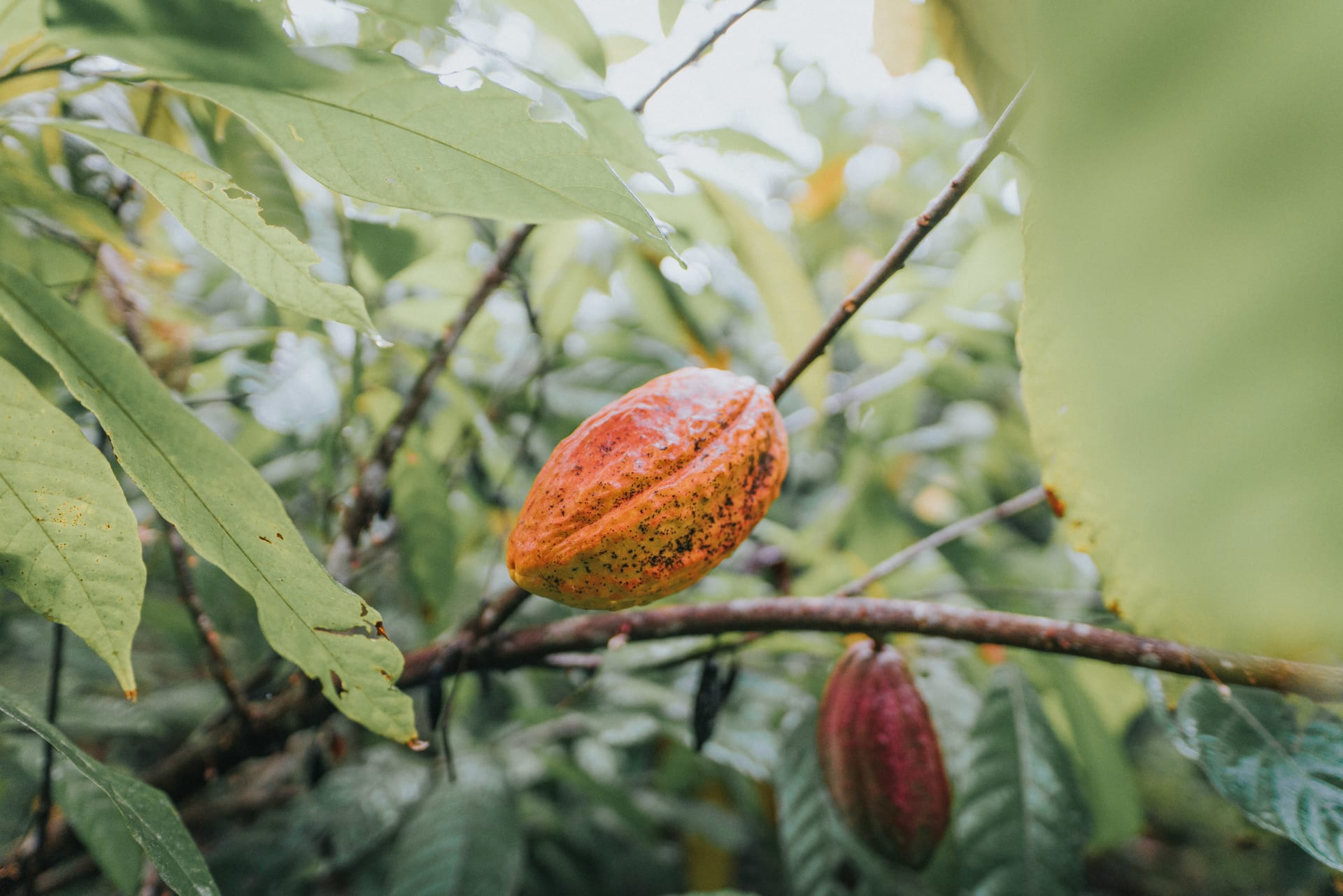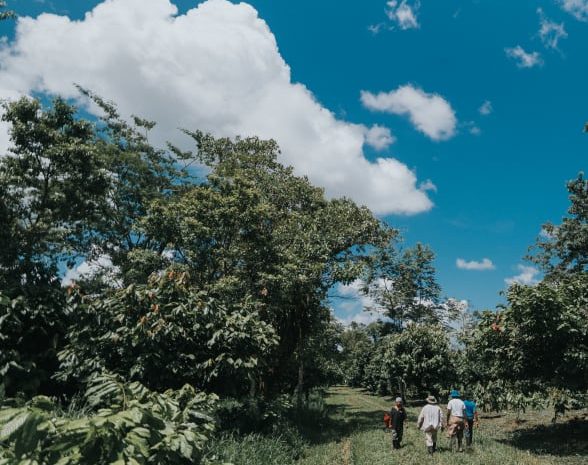
At sunrise in Côte d’Ivoire, a farmer walks along cocoa trees shaded by banana plants. A decade ago, erratic rains and rising heat were killing his harvests. Today, thanks to an agroforestry program backed by Valrhona, the soil holds more moisture, the air feels cooler, and its yields are steadier.
“We’re not just growing cocoa,” he says, “we’re protecting our children’s future.”
The story no longer starts in Parisian patisseries, but in equatorial landscapes where climate stress and rural poverty threaten its survival instead. For the century-old French global chocolate house Valrhona, the future rests on protecting both ecosystems and the people who sustain them.
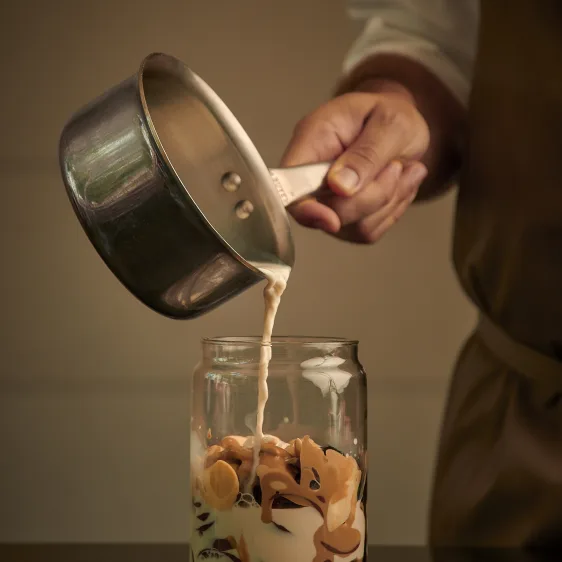
Earning a reputaion for making the finest chocolates in the world, the giant now sees its role differently – becoming a steward of the cocoa industry.
That commitment became official in 2020, when Valrhona was certified a B Corp, joining a select group of businesses legally bound to balance profit and purpose. In truth, the shift had already begun decades earlier, evolving from traditional sourcing into hands-on partnerships designed to change how cocoa is grown.
From seed to community
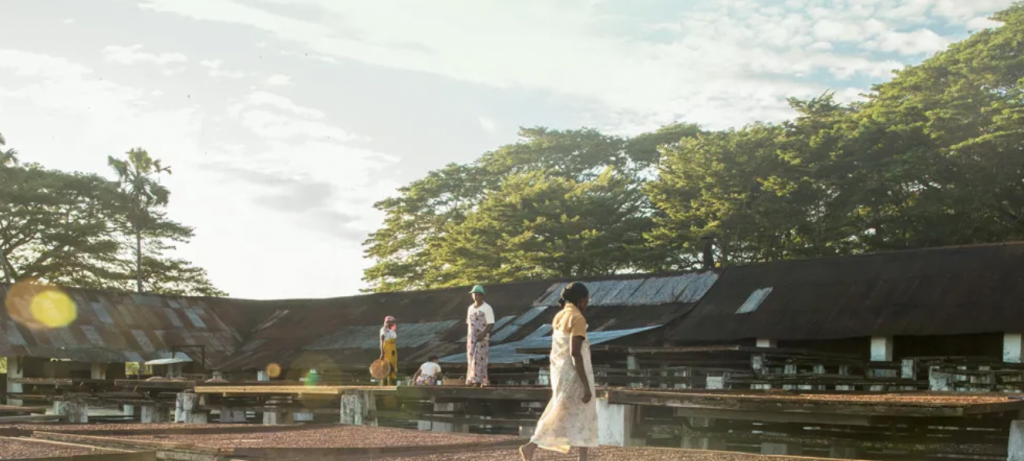
Unlike brands that rely on intermediaries, Valrhona maintains long-term relationships with farmers in more than 15 countries. In West Africa, shade trees are planted to restore biodiversity and protect crops from heat. In Latin America, growers are trained in soil health and natural pest control. In Asia, Valrhona has helped build clean water systems and schools, extending its reach beyond the farm.
Cocoa is among the crops most vulnerable to climate change. Rising temperatures, erratic rainfall, and invasive pests already eat into yields. Without intervention, vast swathes of today’s cocoa belt could be unfit for cultivation within two decades.
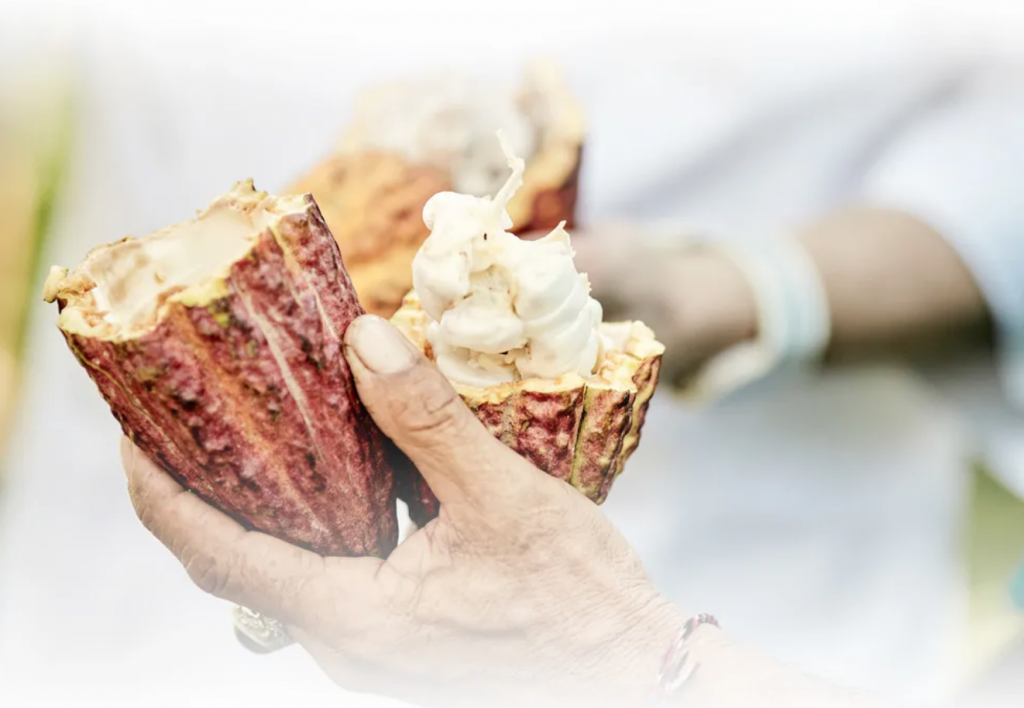
Cocoa yields in Ghana have dropped by 10-15 per cent in recent years due to climate-induced stress, so hundreds of farmers have adopted eco-farming methods. In Côte d’Ivoire, studies predict that by 2050 up to 50 per cent of today’s cocoa-growing land may become unsuitable because of rising temperatures and shifting rainfall. Livelihoods are squeezing under thin margins.
Over 800,000 smallholder farmers in Ghana depend on cocoa as their main source of income, yet a large share live on incomes that fall short of international poverty lines. In a recent survey, 91 per cent of households earn below the living income benchmark at $4,315 per year despite farmgate price increases.
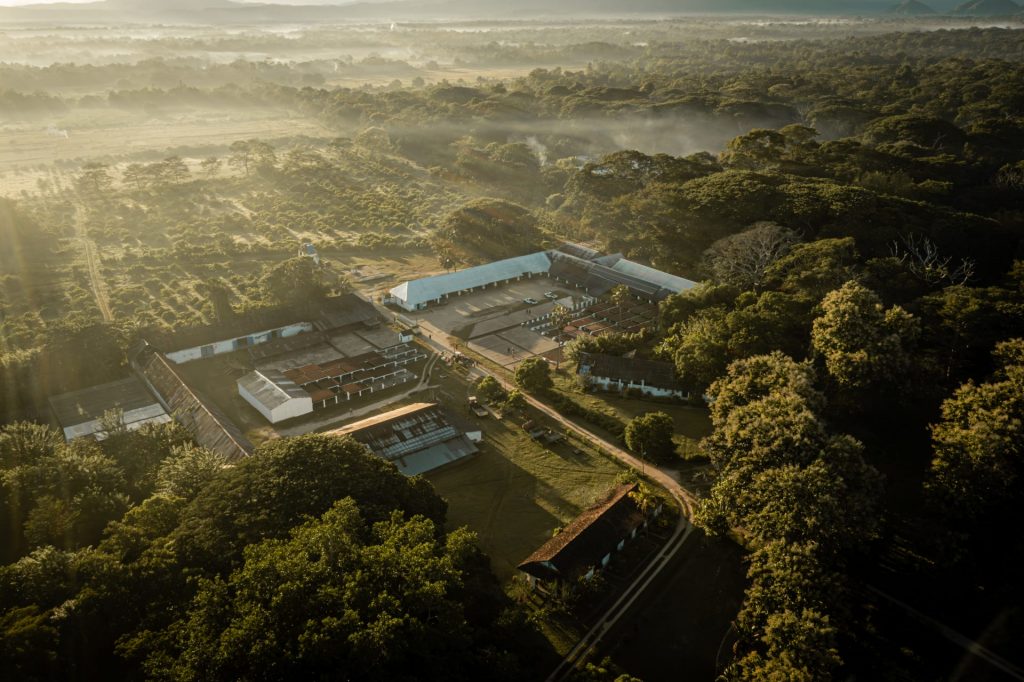
Valrhona’s footprint extends from its farms to factories and packaging lines, in which it engages in reducing energy usage, shifting to renewables, adopting green design, among others.
In Asia, pilots are underway to replace plastic wraps with simpler recyclable alternatives, reflecting a growing global push toward low-impact practices.
Finest chocolate to make the world better
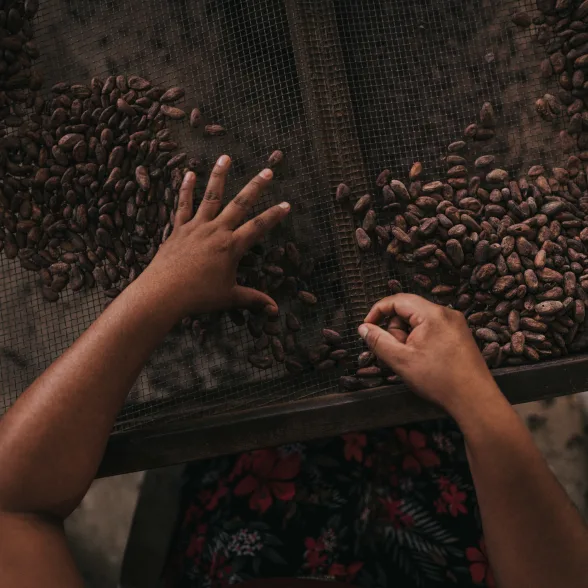
People and dignity are core values of sustainability in Valrhona as well. Across cocoa regions, it funds education, healthcare, and cooperatives that give farmers more bargaining power.

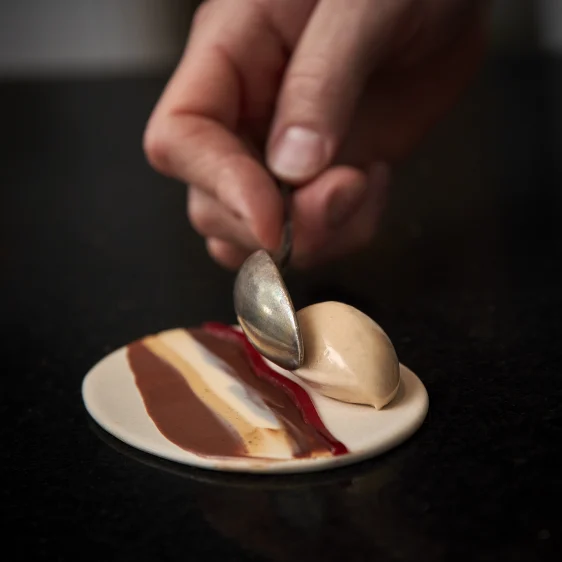
At the other end of the chain, the training school École Valrhona teaches chefs that technique and responsibility must go hand in hand. For a new generation of pastry chefs, sustainability is now as essential as flavor. Valrhona’s B Corp status makes it clear that chocolate can be both exquisite and ethical, setting a benchmark for a wider industry.
It’s strecthing toward regeneration aimed at creating a coca industry where environmental renewal and human dignity are the norm.
Apart from exploring models of regenerative agriculture that farming restores soil, water, and biodiversity, it’s forging partnerships with NGOs, authorities and reseachers in bid to tackle de-forestation and inequality at scale.
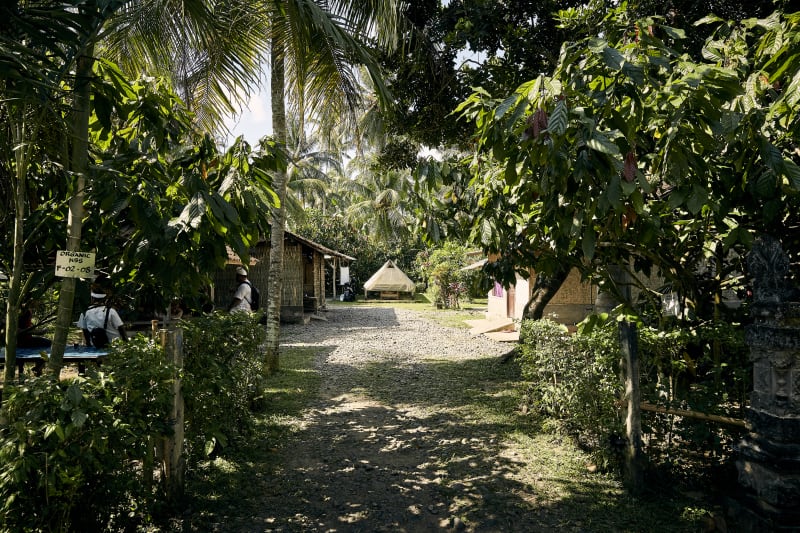
Each bite mirrors its devotion to make the finest chocolate while leveraging chocolate to make the world better. Because if chocolate is to keep being a universal symbol of delight, it must also stand for responsibility.
More than most, Valrhona seems to bet its legacy on that.
